SHORT LINE RAILROAD
Staten Island Railway: New York City’s Only Subway-Style Line Isolated from the National Rail Network, Serving 21 Stations Across 14 Miles with 24/7 Service
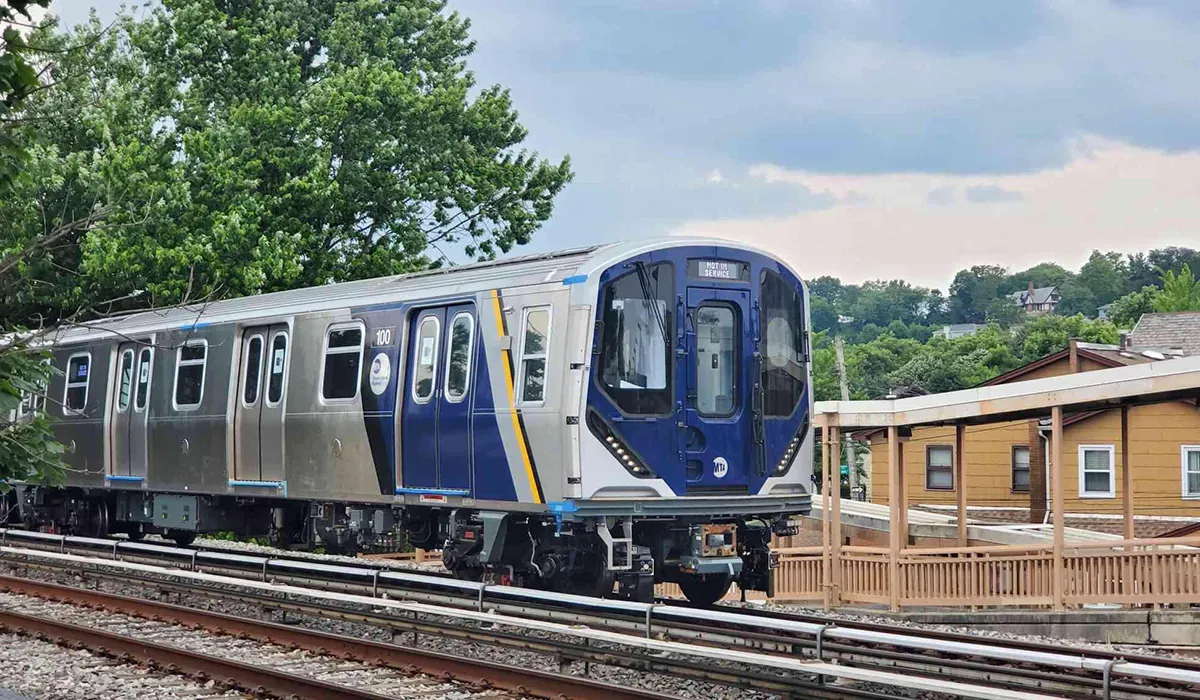

Staten Island Railway is a transit railroad operating a 14-mile rapid transit line with 21 stations exclusively within Staten Island, New York City, providing continuous 24-hour service and connecting local communities from St. George to Tottenville.
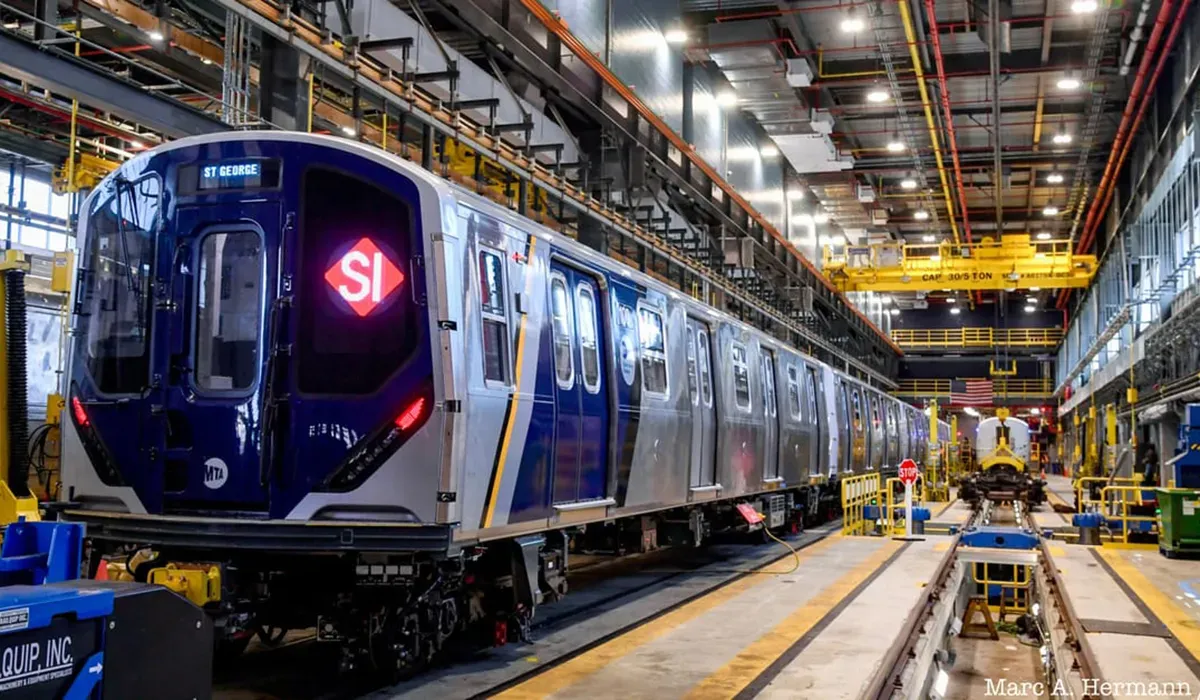
FOUNDING HISTORY & ORGANIZATIONAL STRUCTURE
The Staten Island Railway was originally founded in 1860 as the Staten Island Rail Road by Erastus Wiman and other local investors to provide both passenger and freight service across Staten Island. In 1886, the Baltimore & Ohio Railroad acquired the line, expanding its reach and integrating it into a broader terminal and waterfront operation before the Metropolitan Transportation Authority assumed control of passenger operations in 1971..
HEADQUARTERS & OPERATIONAL BASES
The headquarters of Staten Island Railway is located at 130 Bay Street, Staten Island, NY 10301, within the St. George Terminal complex.
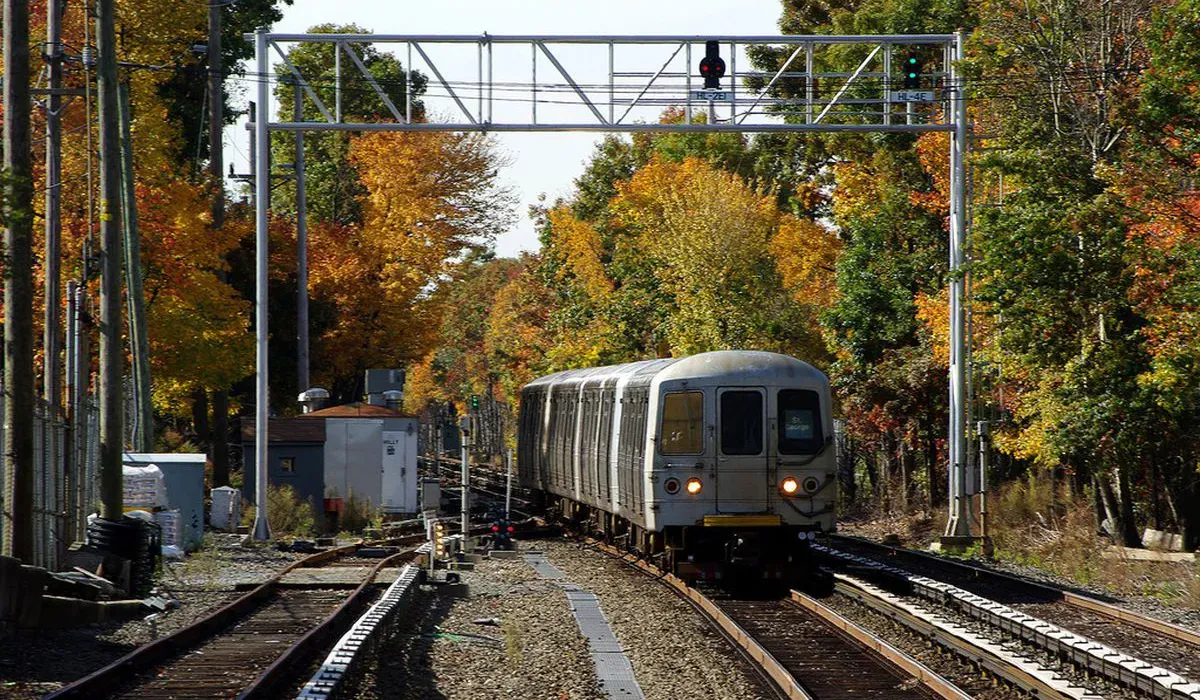
LEADERSHIP & EMPLOYEES
Demetrius Crichlow serves as President of Staten Island Railway, having been appointed in October 2024. The executive team includes senior managers overseeing operations, safety, customer service, and maintenance, with backgrounds in transit management and engineering. The leadership is focused on modernizing the fleet, improving accessibility, and enhancing service reliability.
Staten Island Railway employs approximately 200 people, with the majority being skilled craftspeople, maintenance workers, and train operators. The workforce is represented by United Transportation Union Local 1440, and the company emphasizes diversity and inclusion in its hiring and operational practices.
FACILITIES & OPERATIONS
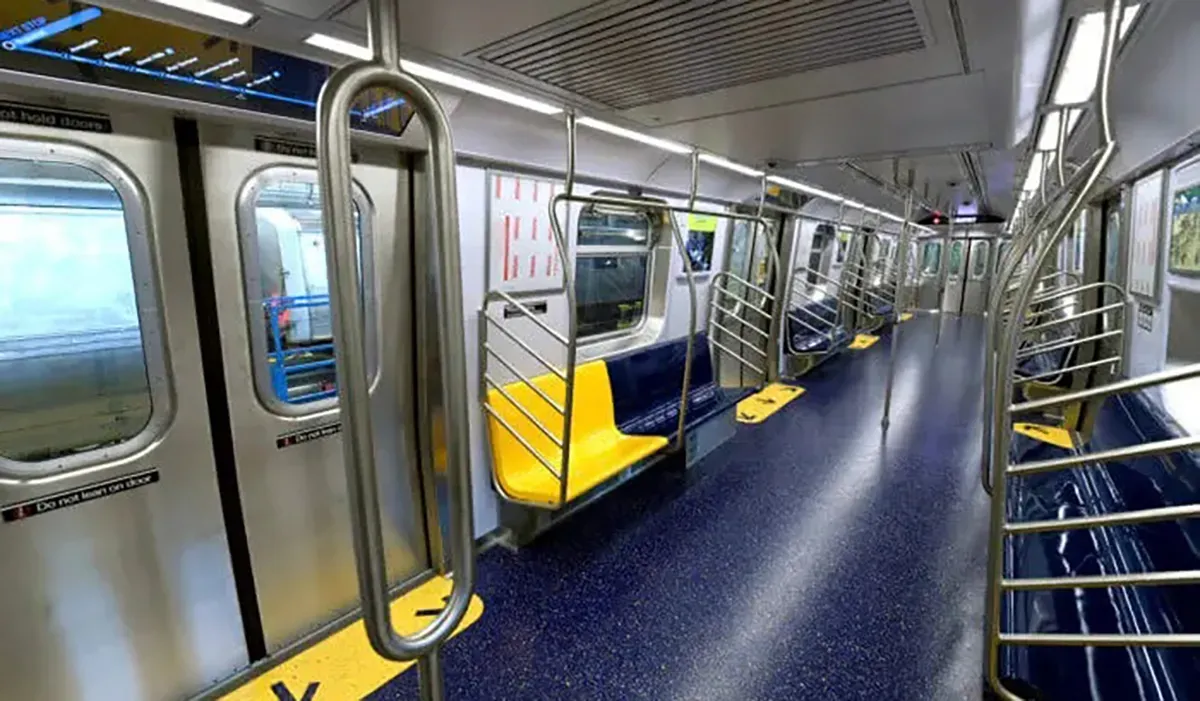
Major facilities include the St. George Terminal in Staten Island, which serves as the northern terminus and main passenger hub, and the Tottenville Terminal at the southern end of the line. The Clifton Yard supports train storage and maintenance, while the Arthur Kill station, opened in 2017, is the newest ADA-compliant facility. Additional key stations with park-and-ride amenities include Dongan Hills, Great Kills, New Dorp, and Prince’s Bay.
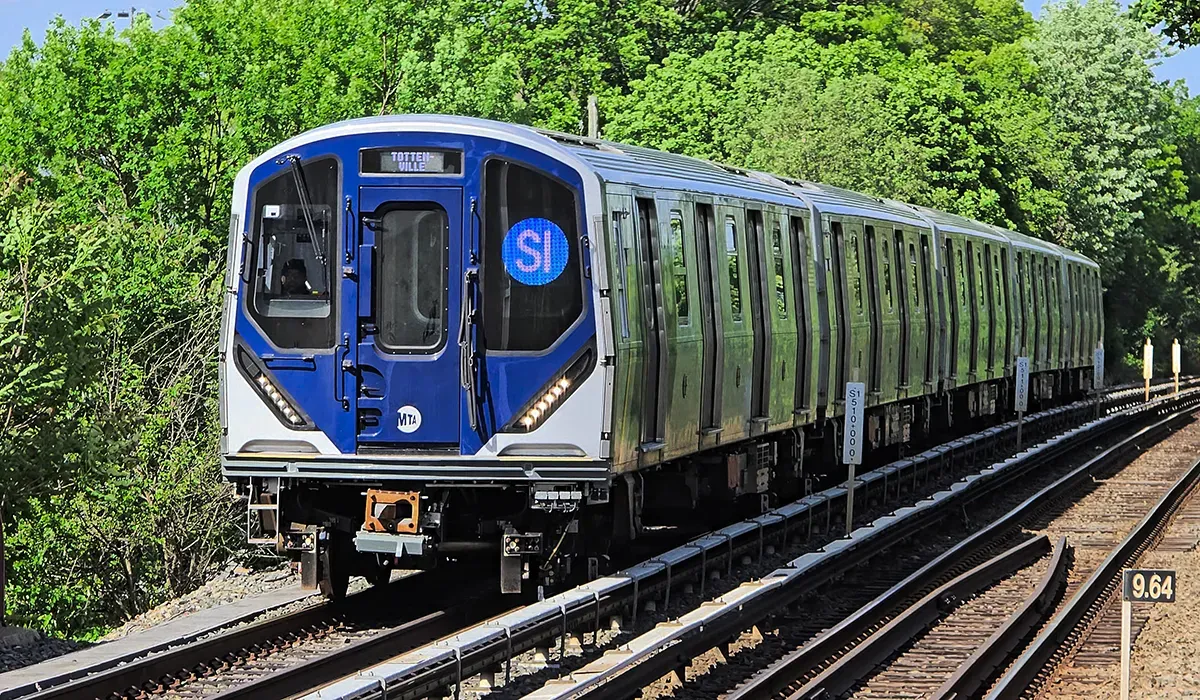
Staten Island Railway complies with Federal Railroad Administration safety standards and has implemented a 100 Hz, track-circuit-based automatic train control system. The line has received recognition for its ADA-accessible stations and ongoing capital improvements, including the installation of new elevators and ramps at key locations.
EQUIPMENT & INFRASTRUCTURE
The railway operates modified R44 and new R211S subway cars, with the R211S fleet entering service in 2024 and 2025. These cars are equipped for rapid transit operations and feature security cameras, onboard cab signaling, and bi-directional movement capabilities. The line uses 600 V DC third-rail power and does not handle freight containers, boxcars, or tank cars, as it is exclusively a passenger operation.
Technology platforms include a modern rail control center, backup control center, and automatic train control systems for safe and efficient train dispatching. Customer information is provided through digital displays, public address systems, and the MTA’s online trip planning tools. The railway is integrated with the MTA’s digital fare payment and service alert platforms.
Staten Island Railway’s geographic scope is limited to Staten Island, New York, with a total route length of 14 miles and 21 stations running from St. George to Tottenville along the island’s east side. The line is not connected to other states or the national rail network.
Strategic partnerships are maintained with the Metropolitan Transportation Authority and New York City Transit, ensuring seamless connections to Staten Island Ferry services at St. George and local bus routes throughout the borough.
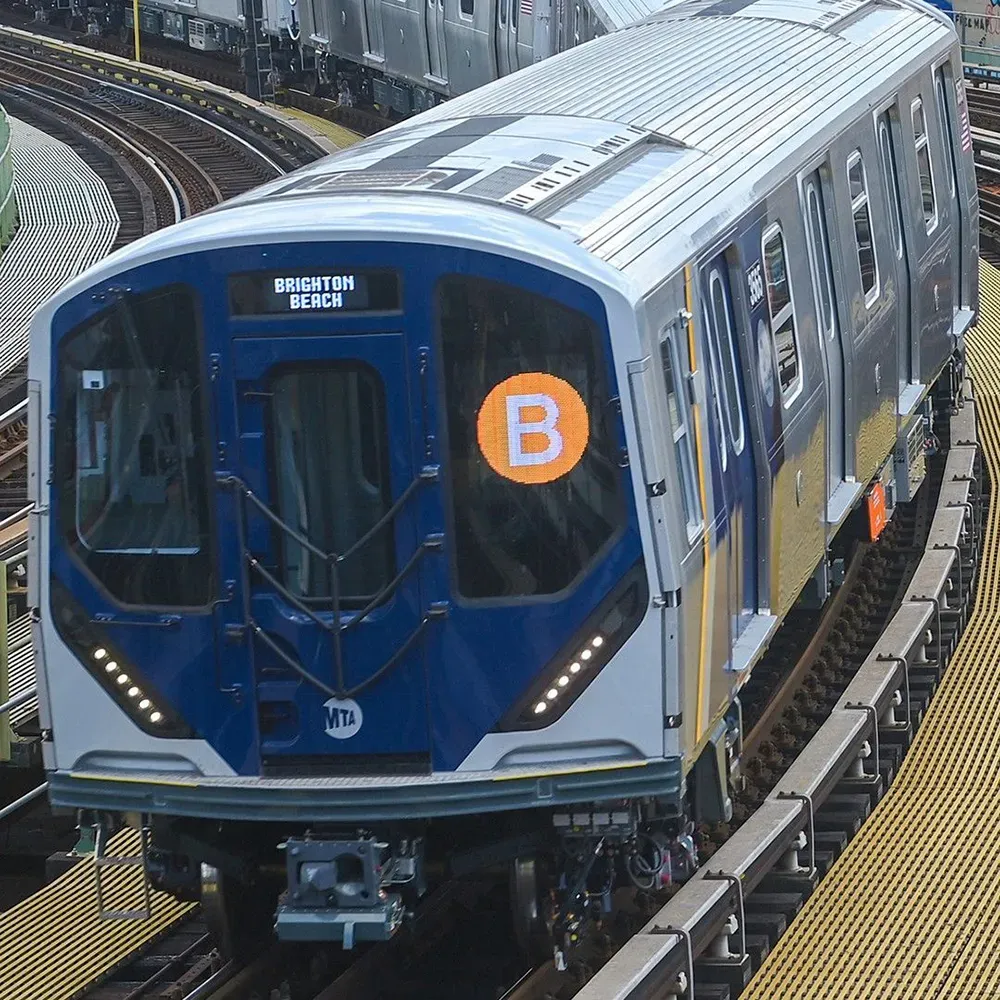
FINANCIAL METRICS & STABILITY
In 2024, Staten Island Railway’s financials are consolidated within the MTA’s overall budget and are not reported separately. The line operates as a public service with a focus on cost efficiency and service reliability, rather than profitability.
Recent capital investments include the $72 million signal system upgrade completed in 2007 and the ongoing fleet replacement program with new R211S subway cars entering service in 2024 and 2025. The Arthur Kill station, opened in 2017, represented a significant infrastructure investment to improve accessibility and service coverage.
SERVICE PORTFOLIO

Staten Island Railway offers core transit services, providing frequent local passenger service between St. George and Tottenville. The line supports full accessibility at key stations, park-and-ride facilities, and integrated fare payment with other MTA services. Additional services include real-time service alerts, trip planning assistance, and customer support.

Digital offerings include the MTA’s customer portal, which allows riders to access schedules, service alerts, and fare payment options online and via mobile devices. The railway also supports digital trip planning and real-time train tracking through the MTA’s website and apps.
INDUSTRY REPUTATION & NEWS
Recent developments include the introduction of new R211S subway cars with enhanced safety and accessibility features, as well as ongoing station renovations to improve ADA compliance at Huguenot and Clifton stations. The railway continues to invest in technology and infrastructure to enhance service reliability and customer experience.
Staten Island Railway has been recognized for its ADA-accessible stations and commitment to safety, with several stations identified as optimal for development through the MTA’s site certification and capital improvement programs.
ANALYSIS & FUTURE OUTLOOK